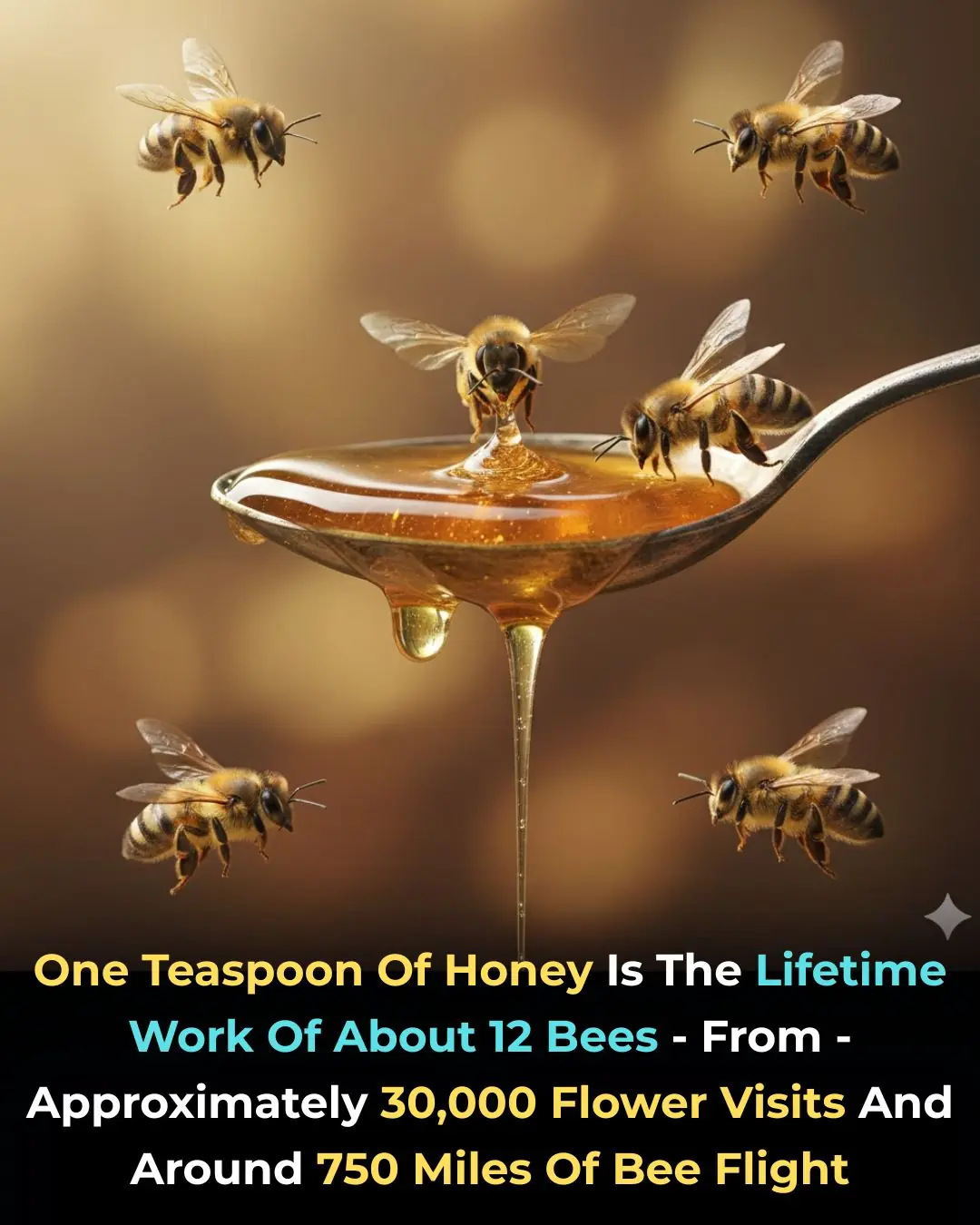
Hawaii Is Releasing Mosquitoes From Drones — And It Could Help Save Species From Extinction
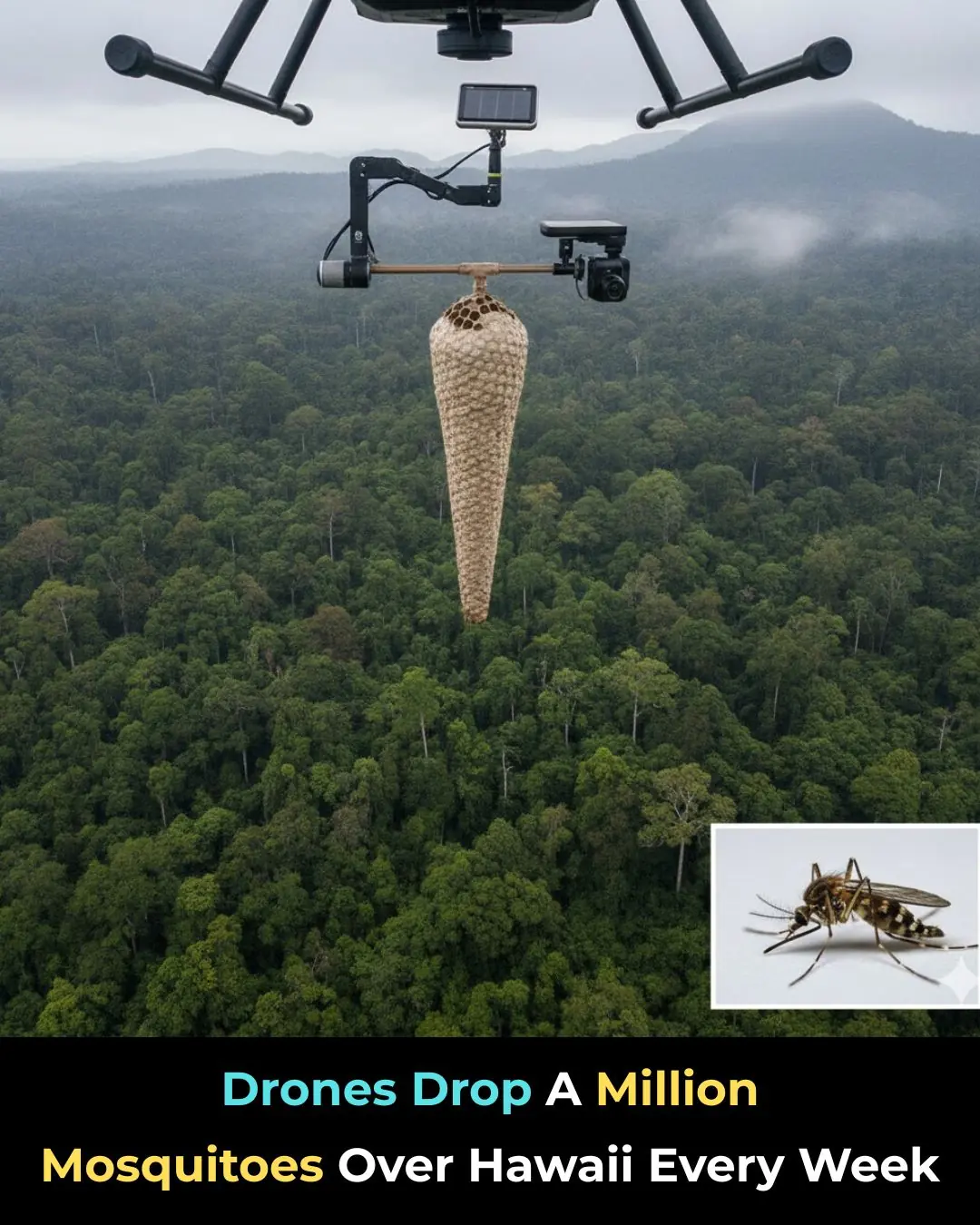
At first glance, the idea sounds almost unbelievable: conservationists in Hawaiʻi are releasing hundreds of thousands of mosquitoes from drones every single week. In most parts of the world, mosquitoes are seen as nothing more than dangerous, disease-carrying pests. So why would anyone deliberately release more of them into the environment?
The answer lies in one of the most innovative wildlife protection strategies ever attempted — a bold scientific effort to stop the spread of avian malaria and rescue Hawaiʻi’s native bird species from the brink of extinction.
The Crisis Facing Hawaii’s Native Birds
Hawaiʻi is home to some of the rarest and most unique bird species on the planet. Birds like the ʻōʻō, ʻiʻiwi, ʻakekeʻe, and kiwikiu evolved in isolation over millions of years. They developed in an ecosystem that had no native mosquitoes and no exposure to diseases such as avian malaria or avian pox.
That all changed in the 1800s, when invasive mosquitoes were accidentally introduced to the islands through human activity. These mosquitoes carried deadly diseases that native birds had no immunity against.
Over time, entire populations collapsed. Some bird species vanished completely. Others saw their numbers plunge by more than 90%, leaving only tiny populations struggling to survive in the highest elevations of Hawaiʻi’s forests.
Unfortunately, climate change is now making the situation even more dire. As temperatures rise, mosquitoes are moving higher up the mountains — into areas that were once natural safe havens for native birds. The last remaining refuges are disappearing.
Without immediate and effective intervention, several of Hawaiʻi’s most iconic bird species could go extinct within our lifetime.
A Radical but Brilliant Solution
That’s where the mosquito-release program comes in — and the goal is surprisingly simple: drastically reduce the population of invasive mosquitoes without using harmful chemicals.
Instead of pesticides, scientists are using a naturally occurring bacterium called Wolbachia.
Here’s how it works:
-
Conservation teams raise male mosquitoes in laboratories.
-
These males are infected with the Wolbachia bacterium.
-
They are non-biting, meaning they do not feed on blood or spread disease.
-
When they mate with wild female mosquitoes, the eggs do not hatch.
-
Over time, this drastically reduces the number of mosquitoes in the wild.
It is a form of biological population control that is highly targeted, environmentally friendly, and does not harm other species.
In essence, scientists are turning the mosquitoes against their own population.
Why Use Drones?
The terrain of Hawaiʻi is some of the most rugged in the world. Dense forests, steep cliffs, sharp ridges, and remote valleys make it extremely dangerous — and in some areas nearly impossible — for people to access on foot.
Helicopters can reach some locations, but they are expensive, loud, and potentially disruptive to wildlife.
Drones provide a perfect solution.
Using high-precision GPS systems, drones can fly deep into unreachable parts of the forest and drop small, biodegradable pods filled with thousands of male mosquitoes. The pods break down naturally in the environment, releasing the insects exactly where they are needed.
This method allows conservationists to cover vast areas of land with remarkable accuracy and far less environmental disturbance.
In fact, this program is now considered one of the largest insect-release conservation projects anywhere on Earth.
More Than Just Mosquito Control
This is not simply about removing an annoying insect. It is about saving an entire ecosystem.
Native Hawaiian birds play essential roles in:
-
Pollinating native plants
-
Spreading seeds
-
Maintaining ecological balance
If the birds disappear, entire forests and plant systems could begin to collapse as well. That would affect other animals, soil stability, water systems, and the overall health of the islands.
By protecting these birds, scientists are helping safeguard the future of Hawaiʻi’s unique natural heritage.
A Model for the Rest of the World
If successful, this groundbreaking program could become a global model for conservation. Many regions around the world are battling invasive species, disease-carrying insects, and rapid biodiversity loss.
The combination of biology, drone technology, environmental science, and precision engineering in Hawaiʻi could inspire similar efforts in other fragile ecosystems.
It shows that when innovation meets urgency, science can do more than just study the world — it can actively save it.
A Hopeful Sign in a Changing World
As the world faces unprecedented environmental challenges, stories like this remind us that solutions are still possible. With the right balance of respect for nature and cutting-edge technology, we can reverse damage and protect life on Earth.
Releasing mosquitoes from drones may sound strange, but in Hawaiʻi, it could mean the difference between extinction and survival.
Sometimes, saving the most beautiful creatures on the planet begins with solving the smallest problem — one mosquito at a time.
News in the same category

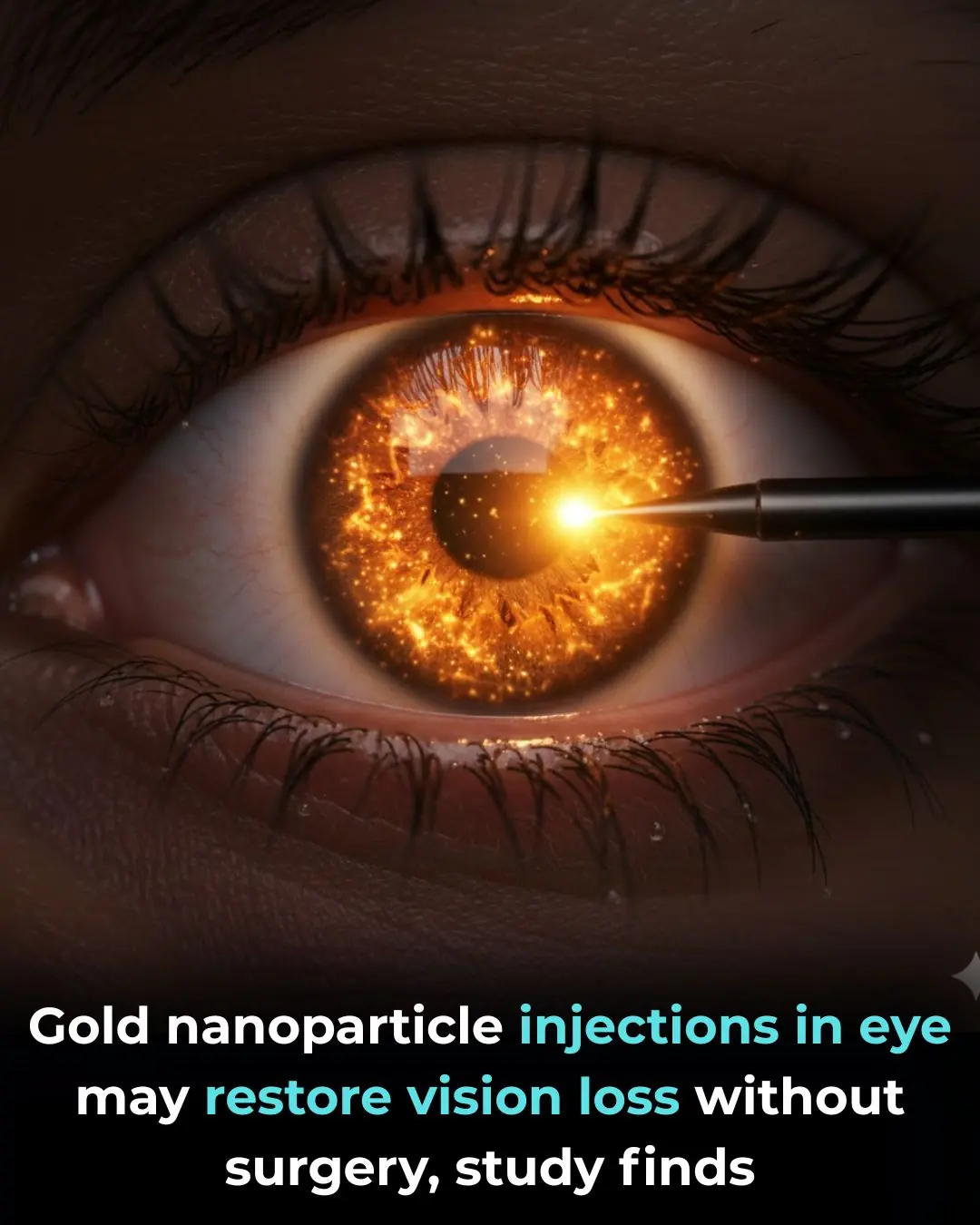
Turning Gold Into Sight: A Revolutionary Nanotherapy That Could Help Restore Vision
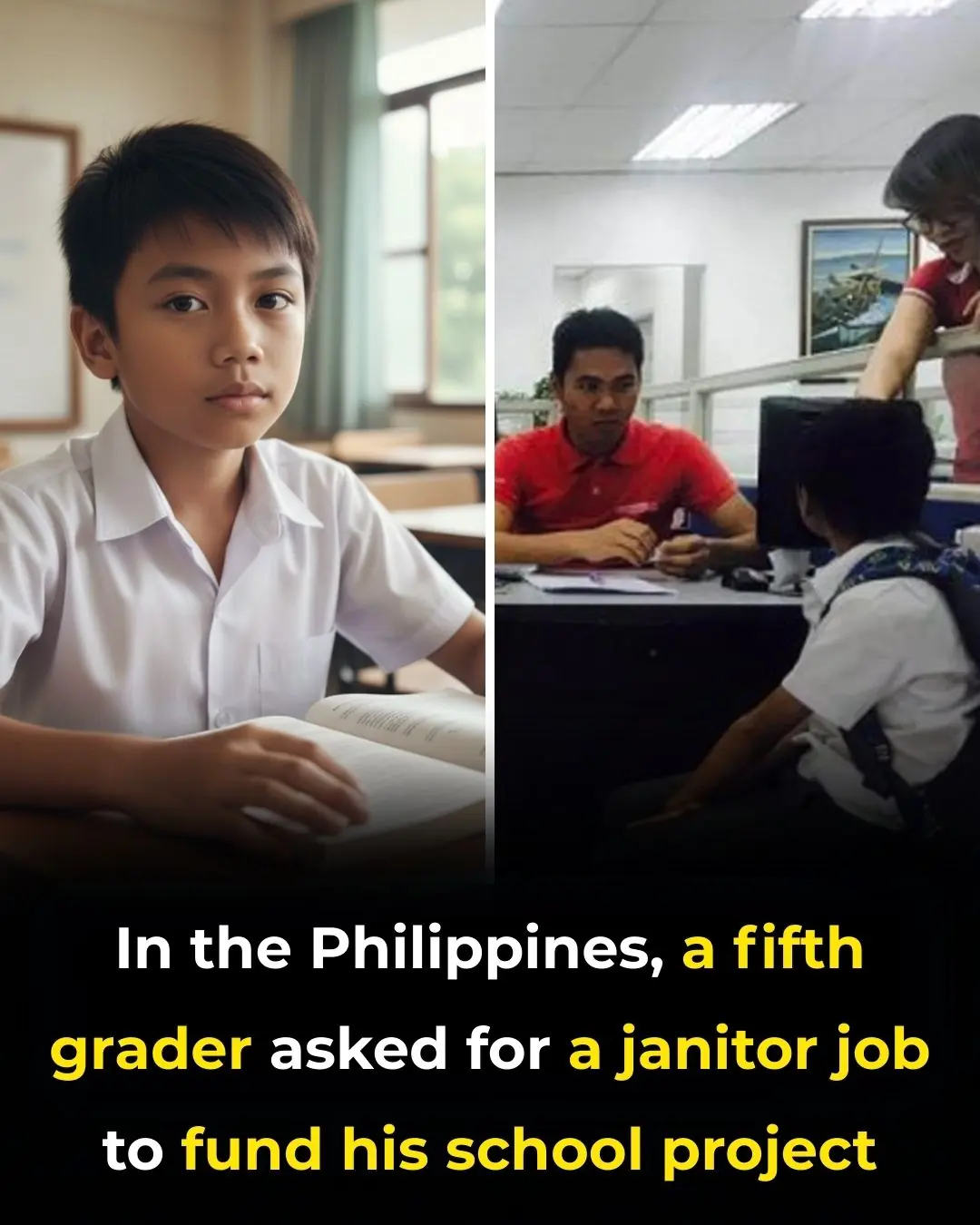
Young Student's Determination to Support His Education Inspires Viral Act of Kindness

Gary ‘Mani’ Mounfield of Stone Roses and Primal Scream dead at 63

Rumer Willis gives heartbreaking update on dad Bruce’s dementia battle
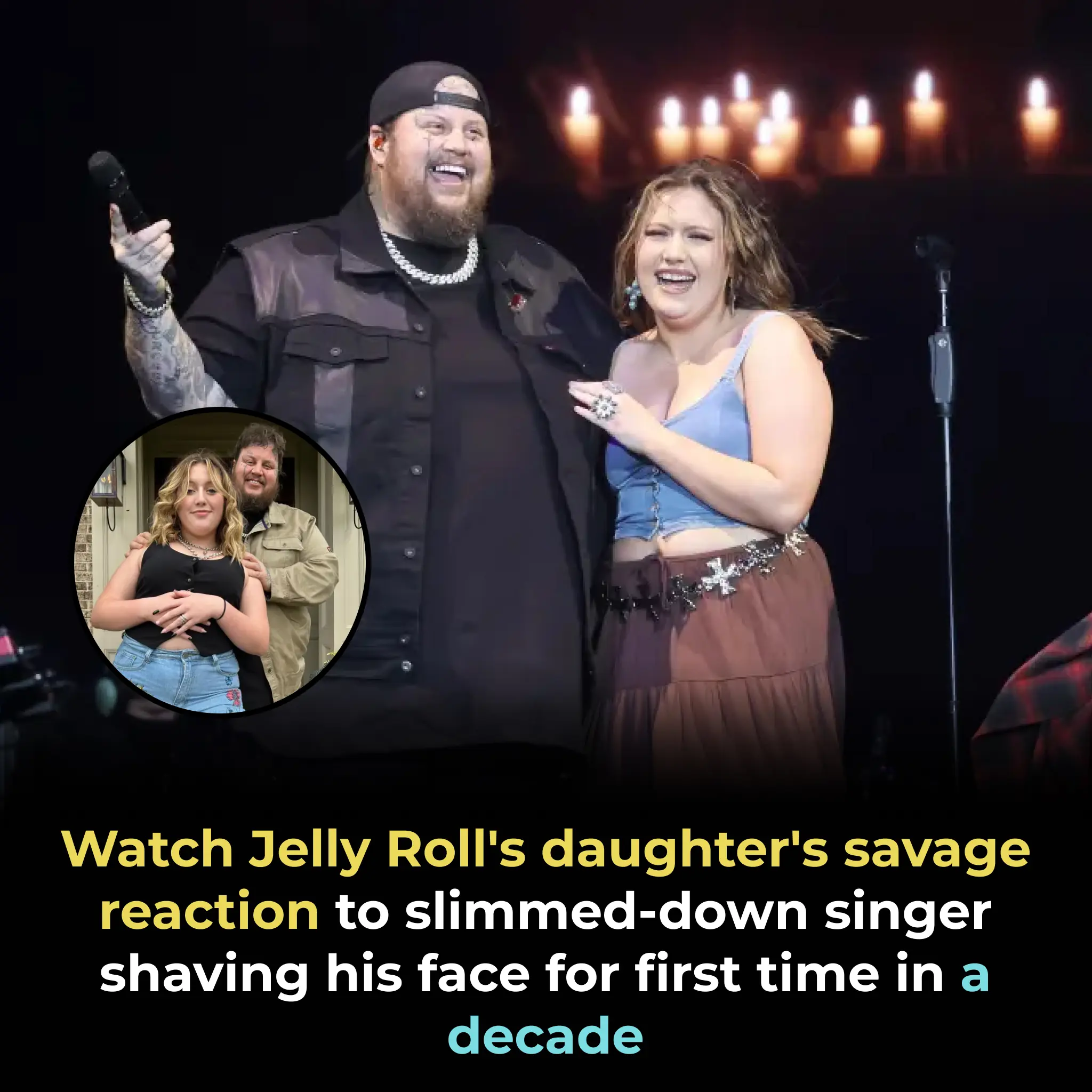
Watch Jelly Roll's daughter's savage reaction to slimmed-down singer shaving his face for first time in a decade

YOUTUBER WHOSE PARTNER SPLIT UP WITH HIM AFTER ‘HUMILIATING’ WEDDING ACT SPEAKS OUT ON ARREST
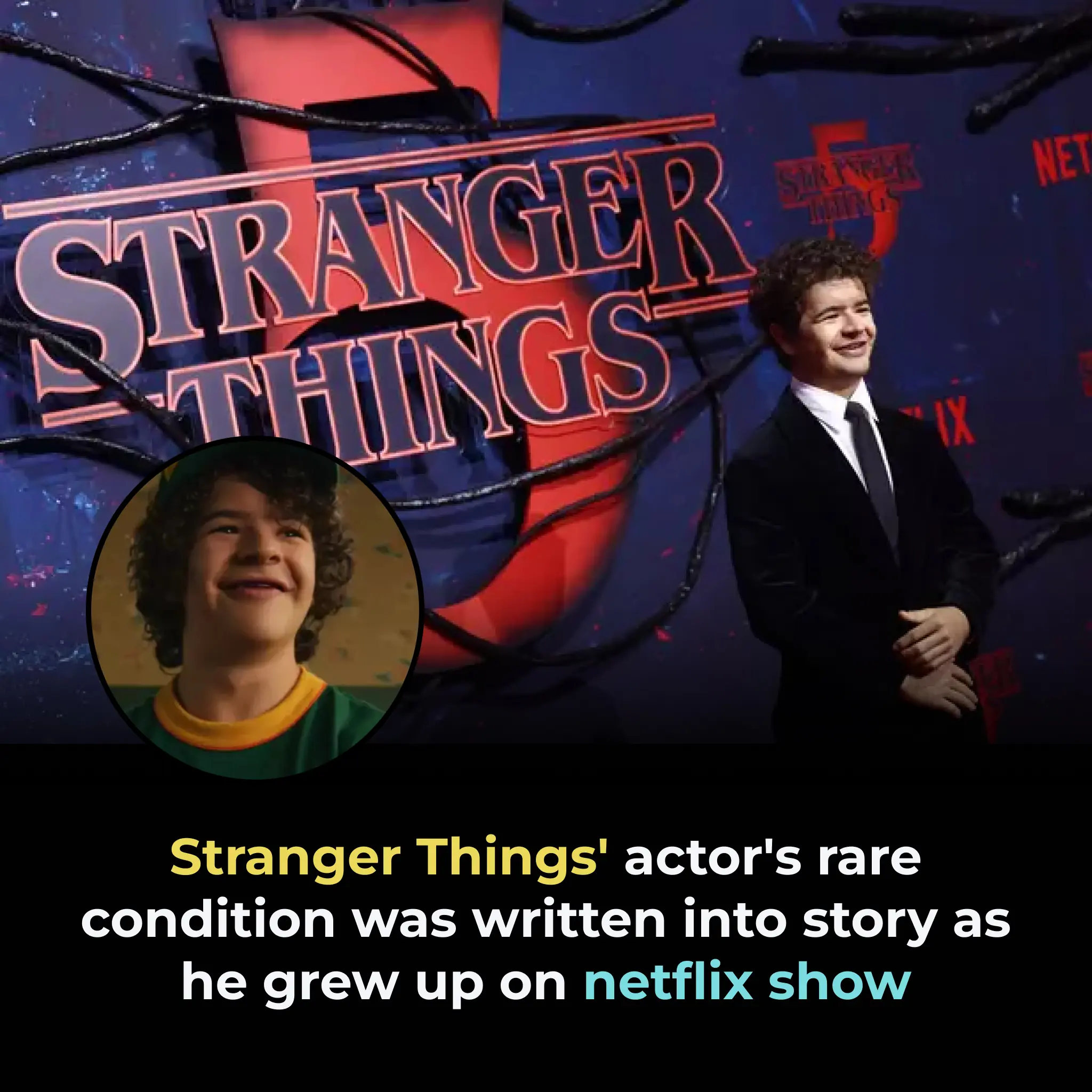
STRANGER THINGS' ACTOR'S RARE CONDITION WAS WRITTEN INTO STORY AS HE GREW UP ON NETFLIX SHOW

ALMOST NO ONE WILL KNOW THE NAME OF THE PERSON WHO'S BEEN ON TV THE MOST IN HUMAN HISTORY
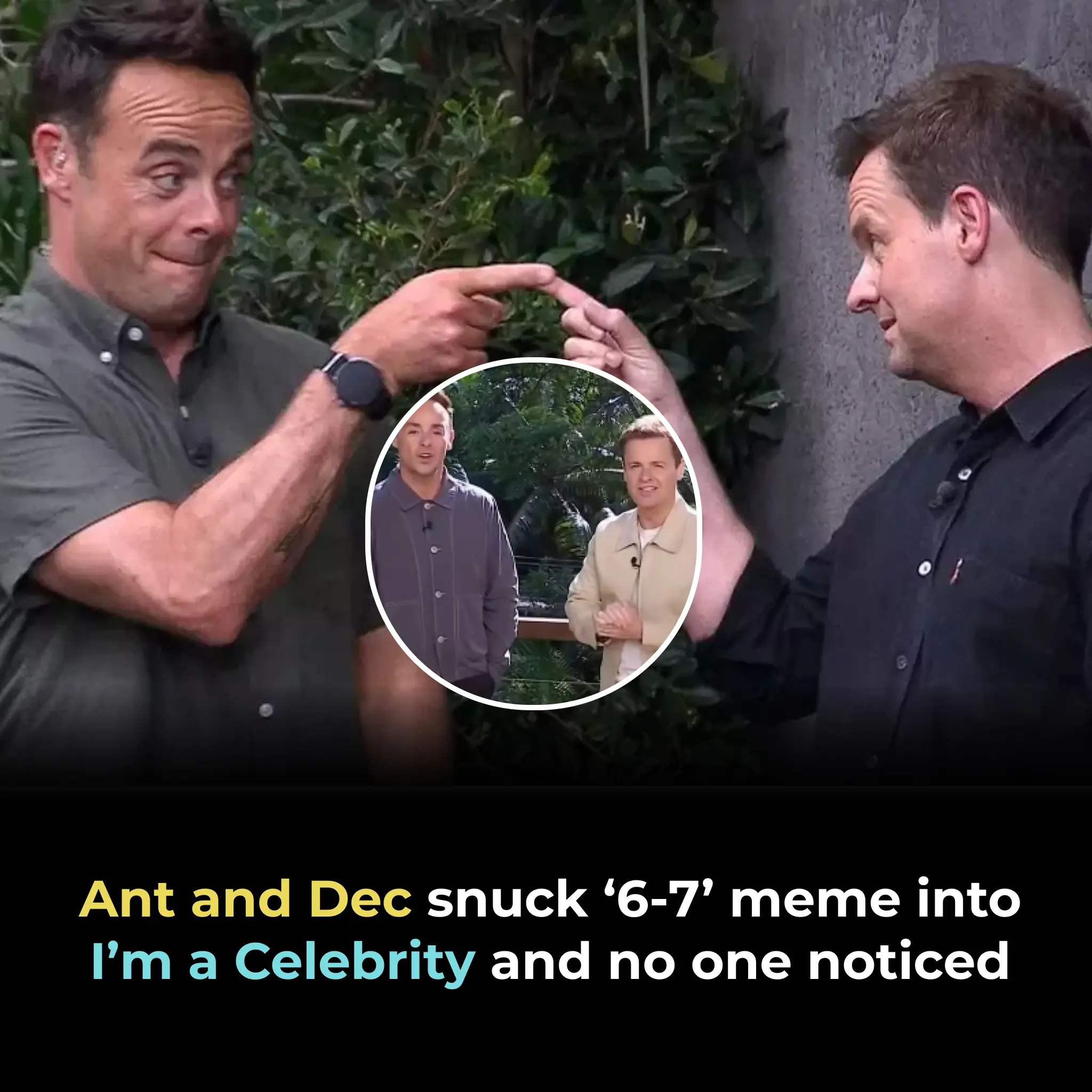
ANT AND DEC SNUCK ‘6-7’ MEME INTO I’M A CELEBRITY AND NO ONE NOTICED
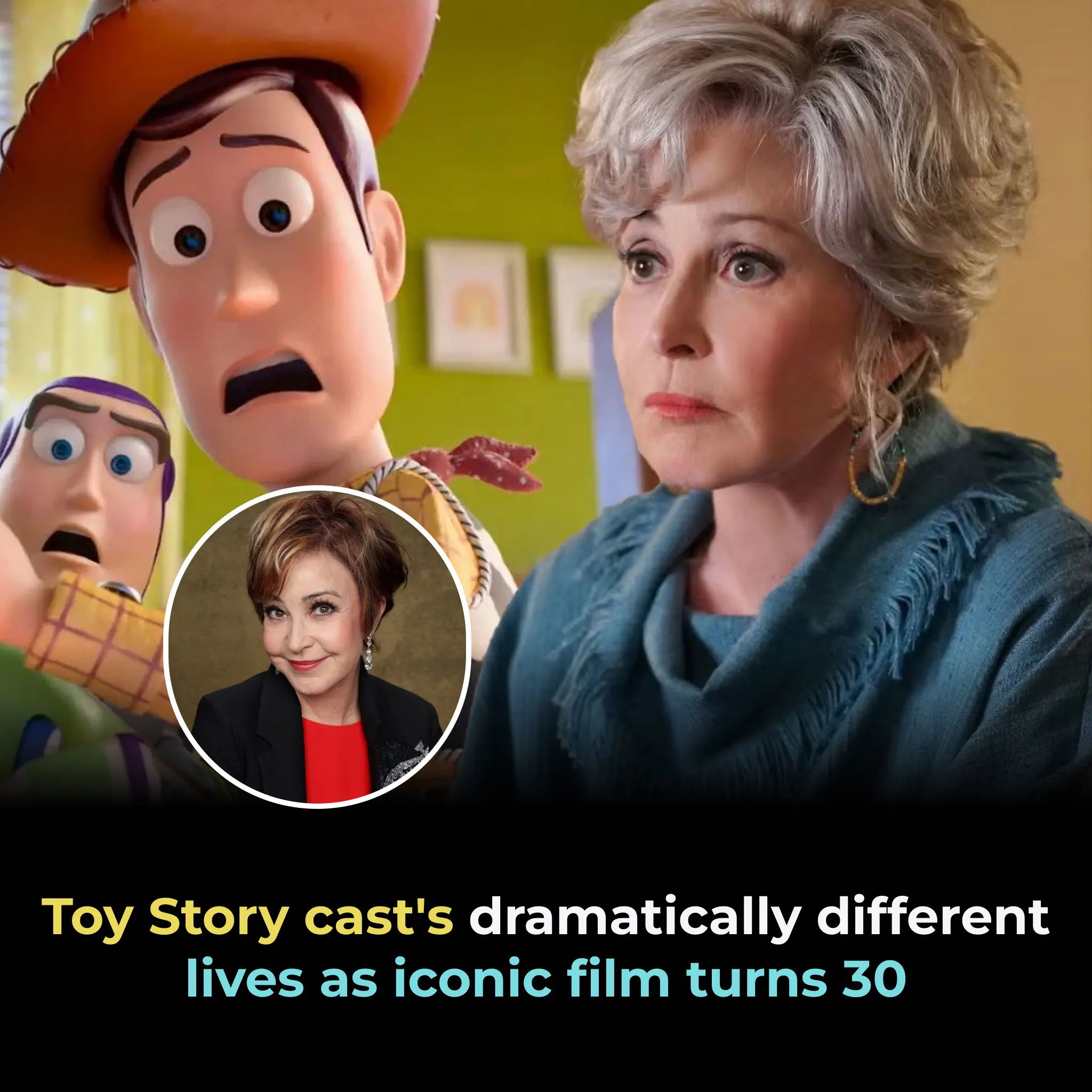
Toy Story cast's dramatically different lives as iconic film turns 30

Iman Shumpert’s Daddy-Daughter Photo Started The Most Heartwarming Twitter Thread About Fatherhood

Watch JAY-Z Stop Mid-Concert To Tell This Nine-Year-Old Girl That She Can Be President

‘Breakfast With Dads’: Almost 600 Men Show Up To Mentor South Dallas Middle School Students

Chadwick Boseman, Sheryl Lee Ralph And Brandy All Named In The Hollywood Walk Of Fame Class Of 2024
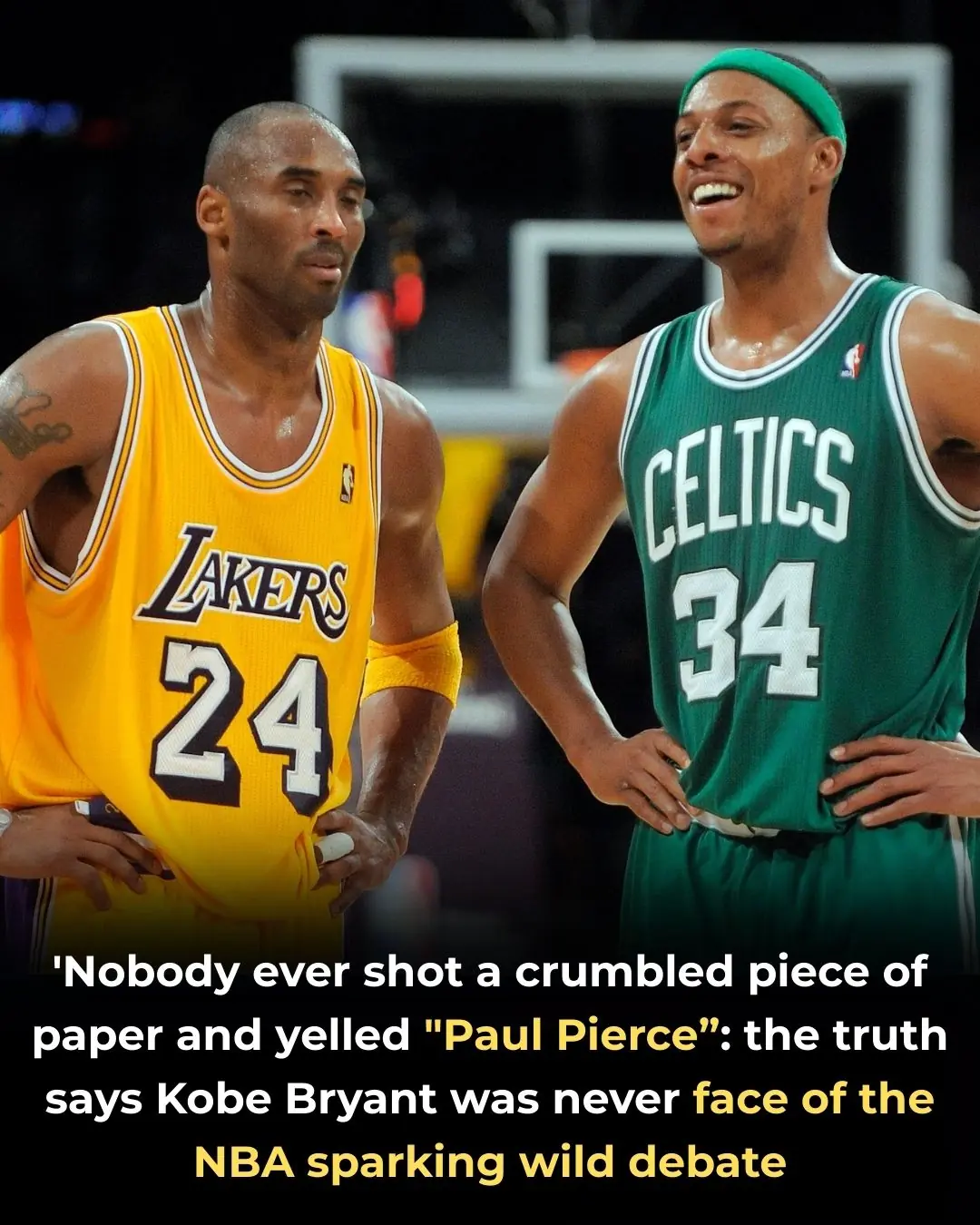
‘Nobody Ever Shot a Crumbled Piece Of Paper And Yelled “Paul Pierce”‘: The Truth Says Kobe Bryant Was Never Face Of The NBA Sparking Wild Debate

Why the CEO of Black-Owned Beauty Brand The Honey Pot Turned Down a $450M Offer

Long-Lost Brothers Reunite After 20 Years And Discover They Attend The Same College
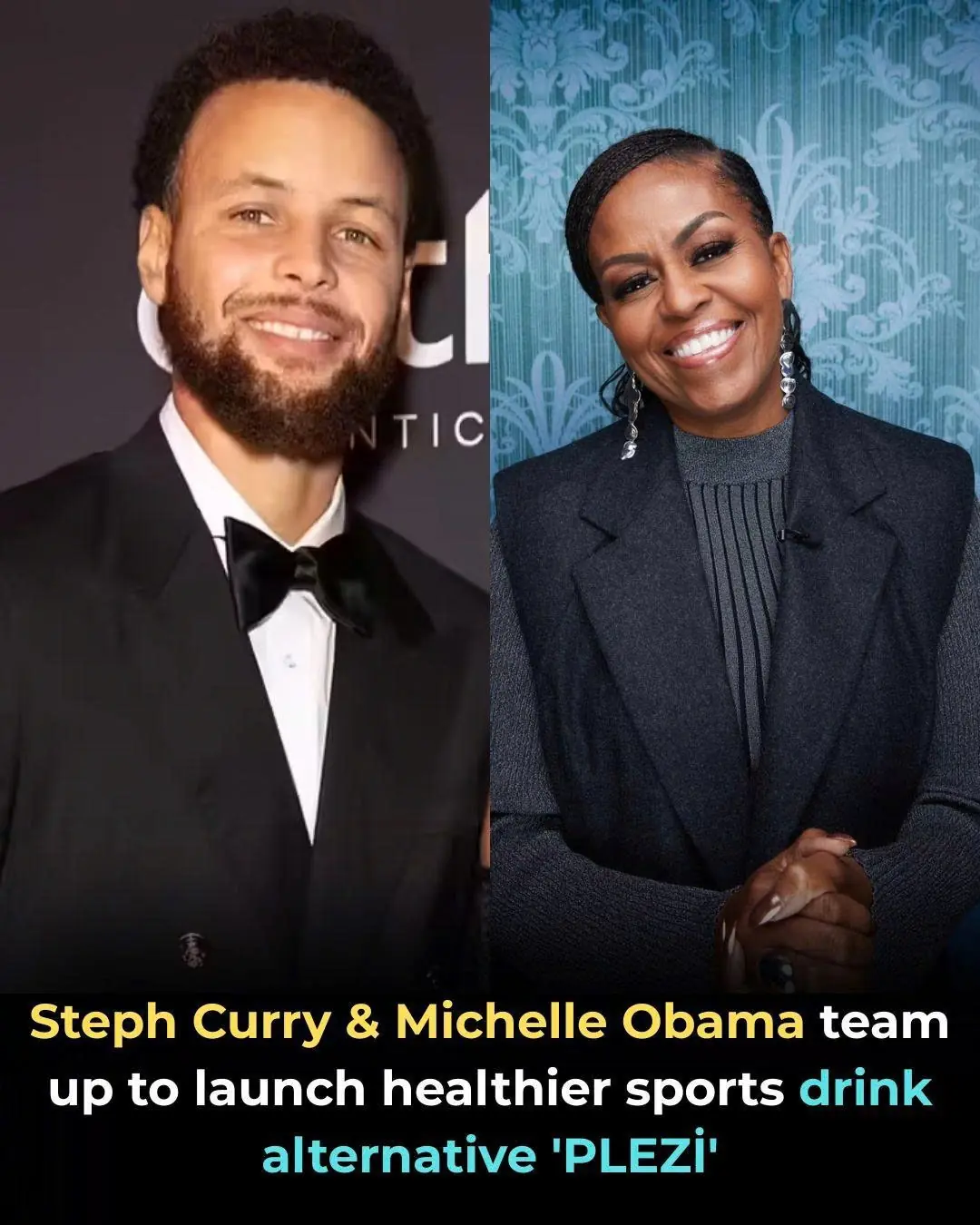
Steph Curry & Michelle Obama Team Up to Launch Healthier Sports Drink Alternative ‘PLEZi’
News Post
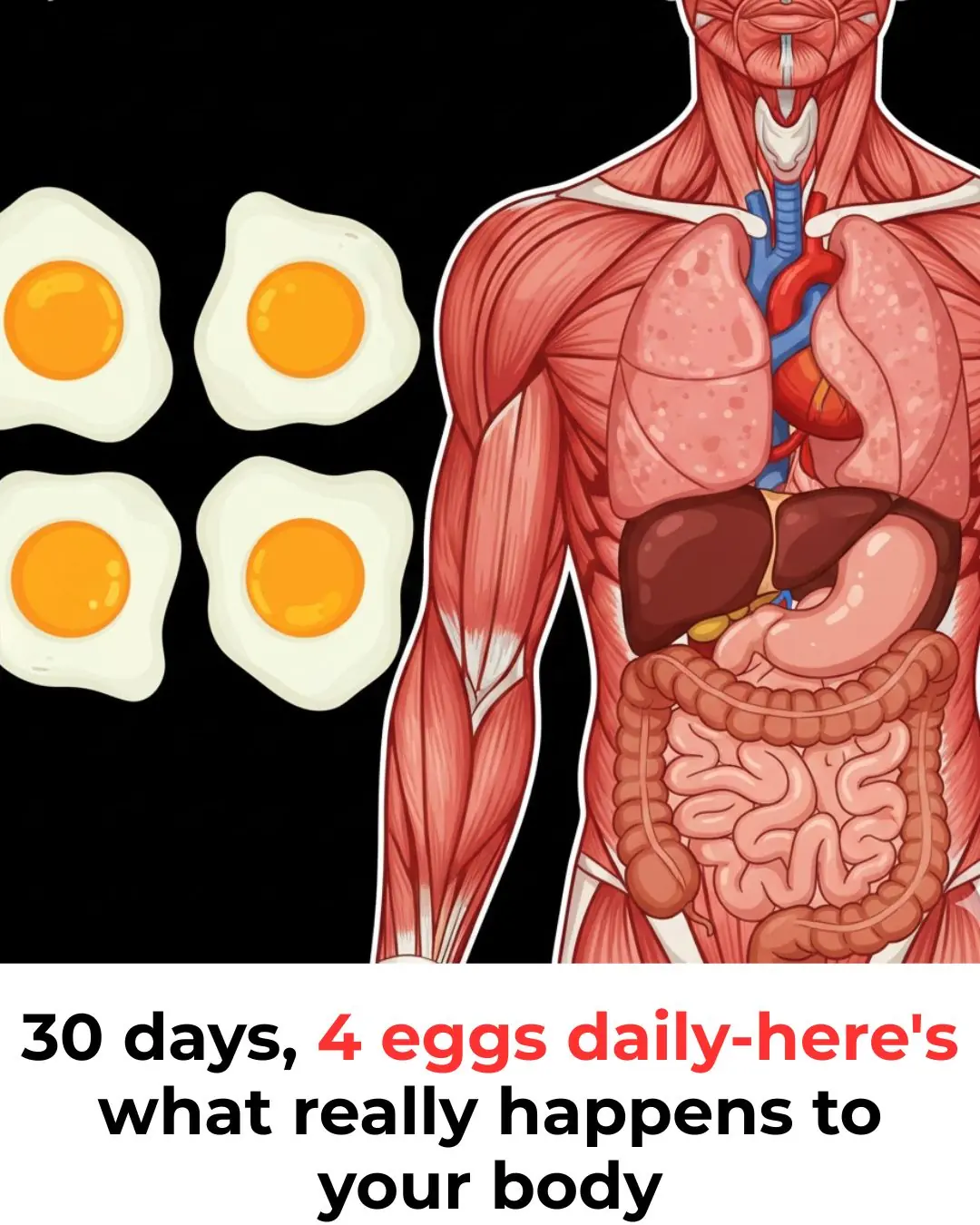
What if you ate 4 eggs a day with the yolks for 30 days?

You’ve Been Taking The Wrong Type of Magnesium All This Time

This Salt, Pepper and Lemon “Miracle-Mix” Can Help Solve 9 Problems
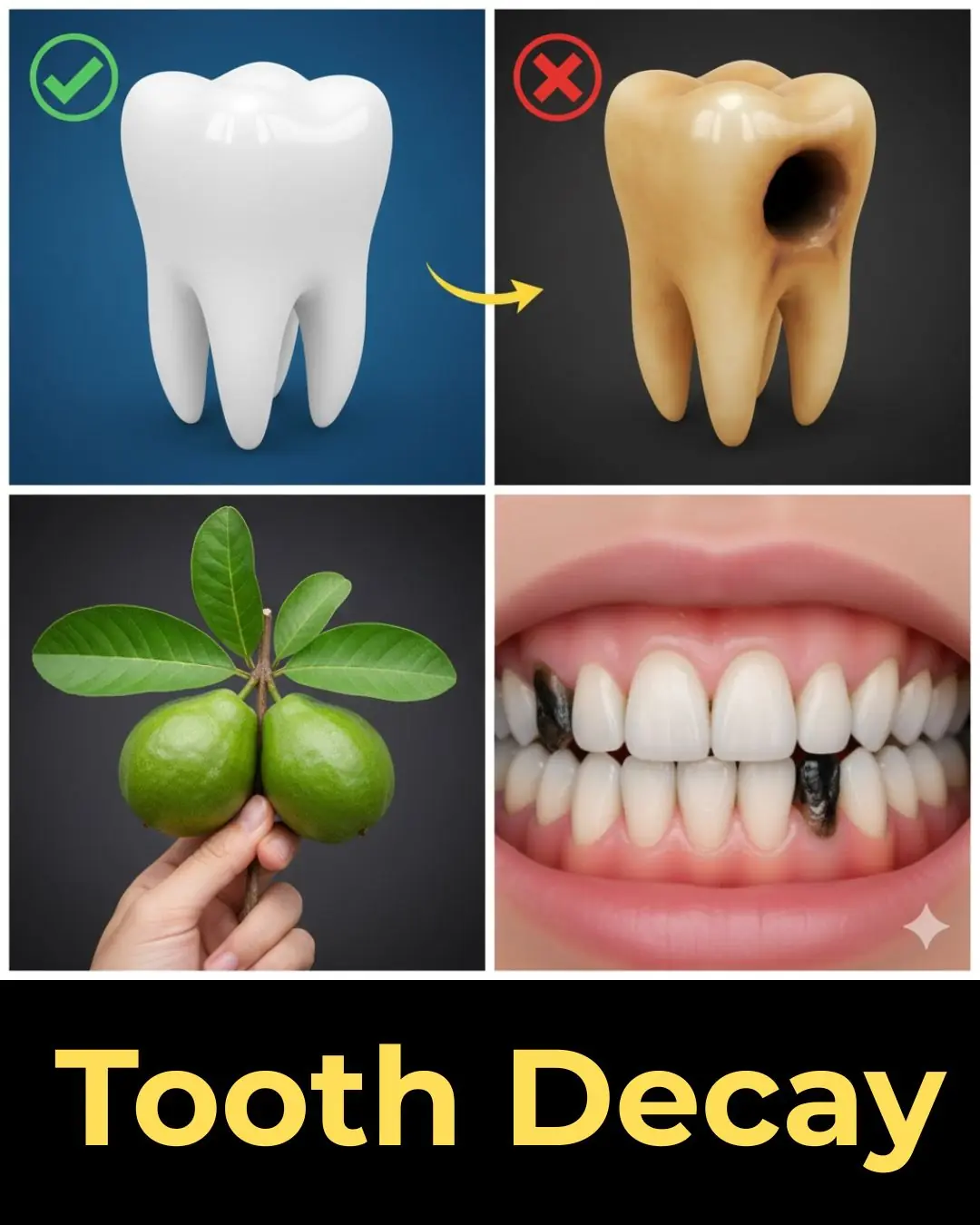
Tooth Decay Repair with Natural Remedies: Can Guava Leaves Help?
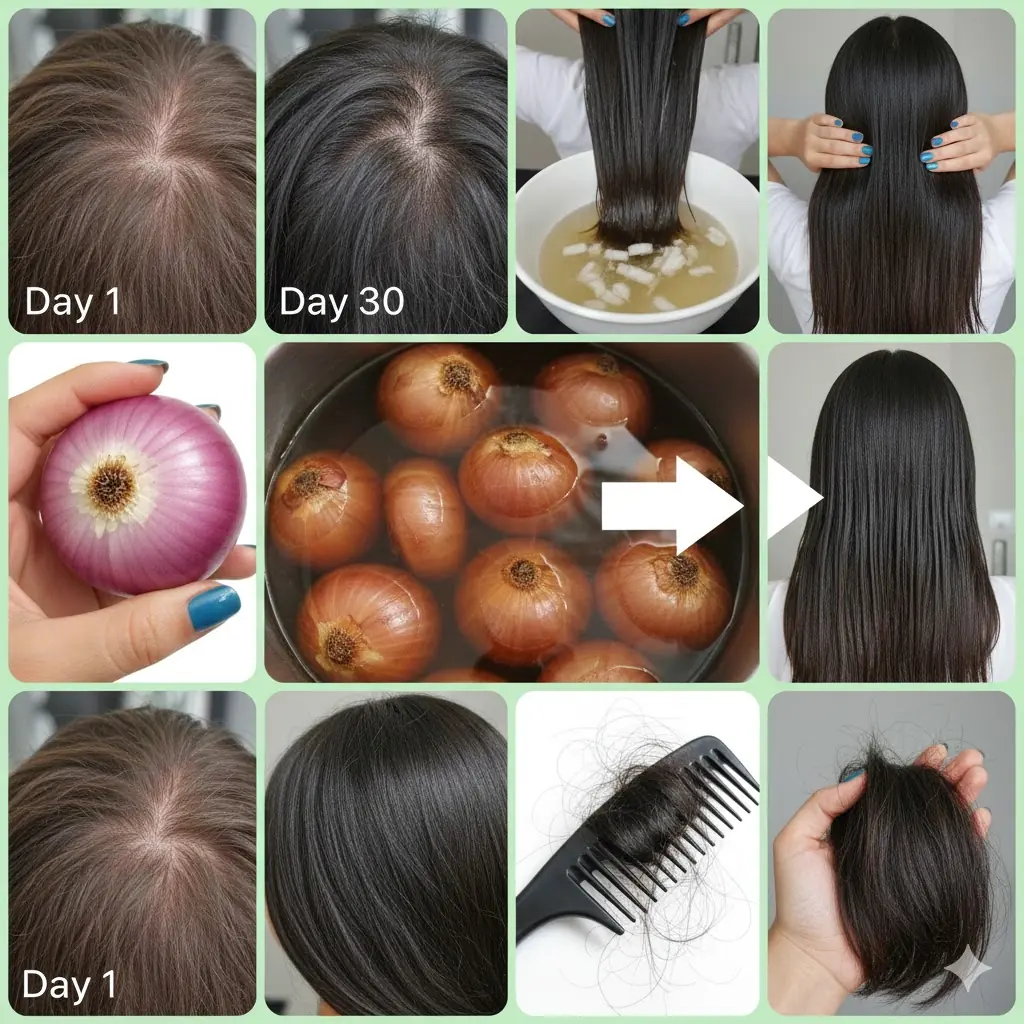
Onion Oil for Hair: The Smelly Secret to Long, Lush Locks

What does it mean to walk with your hands behind your back?
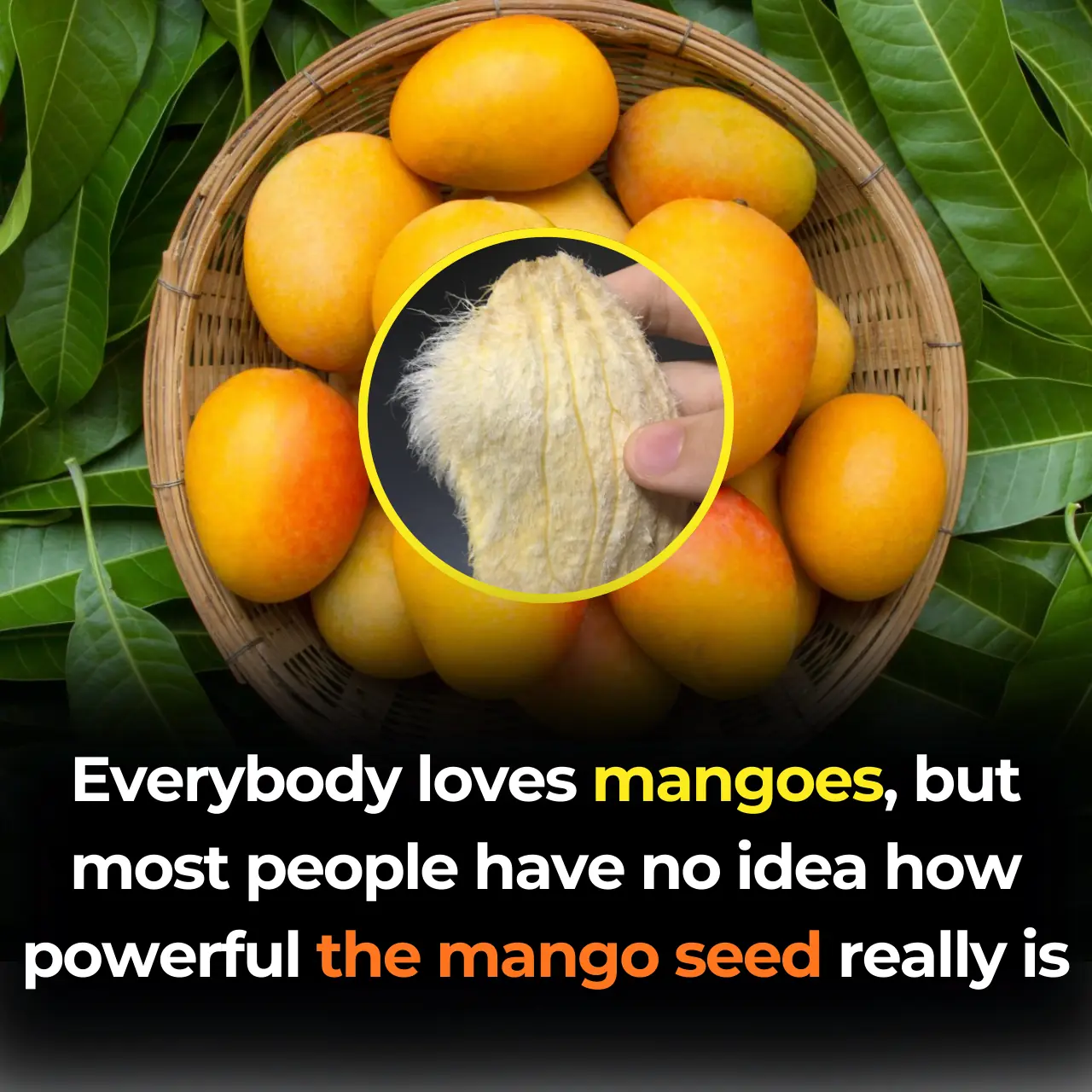
The Hidden Power of Mango Seed
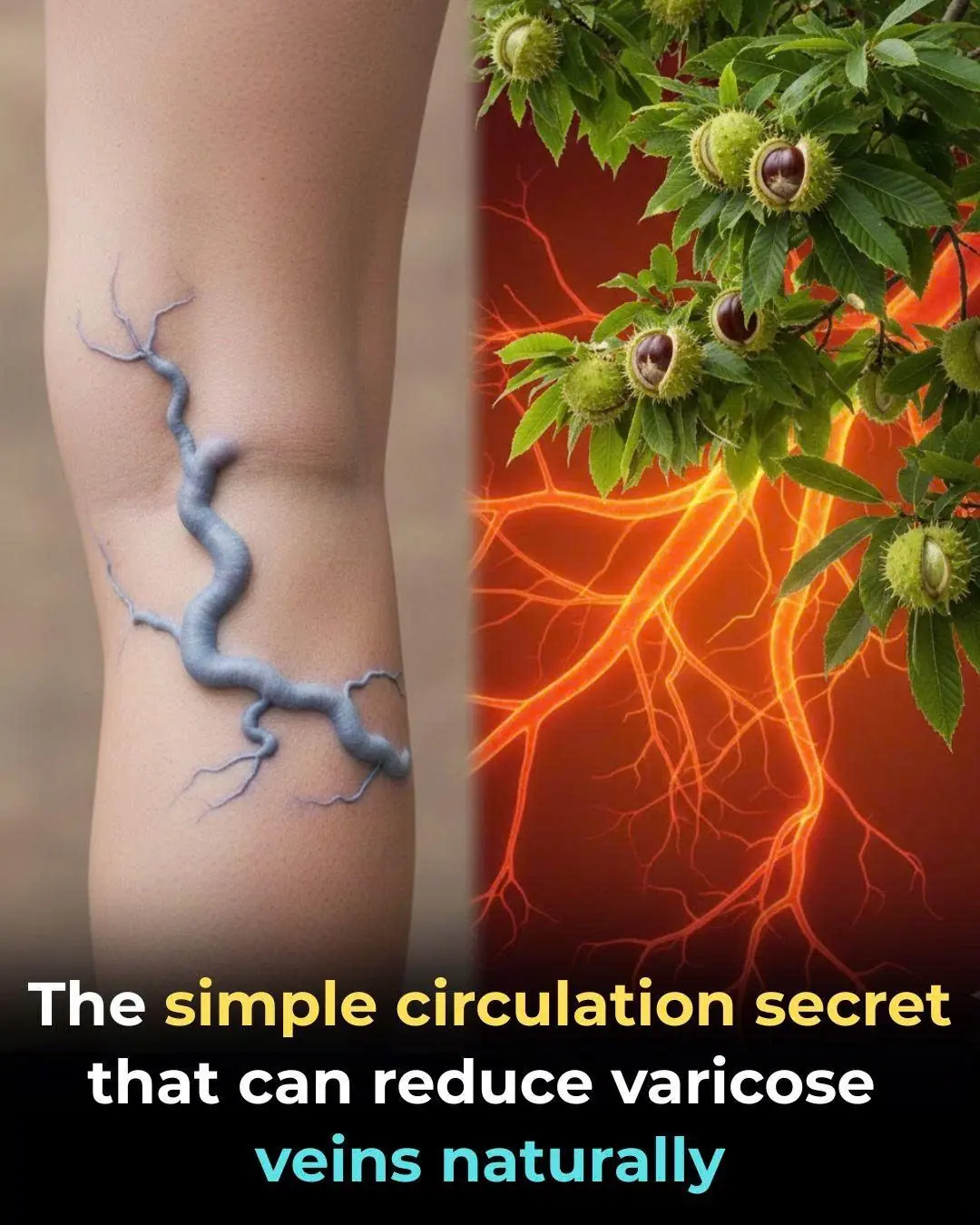
The simple circulation secret that can reduce varicose veins naturally
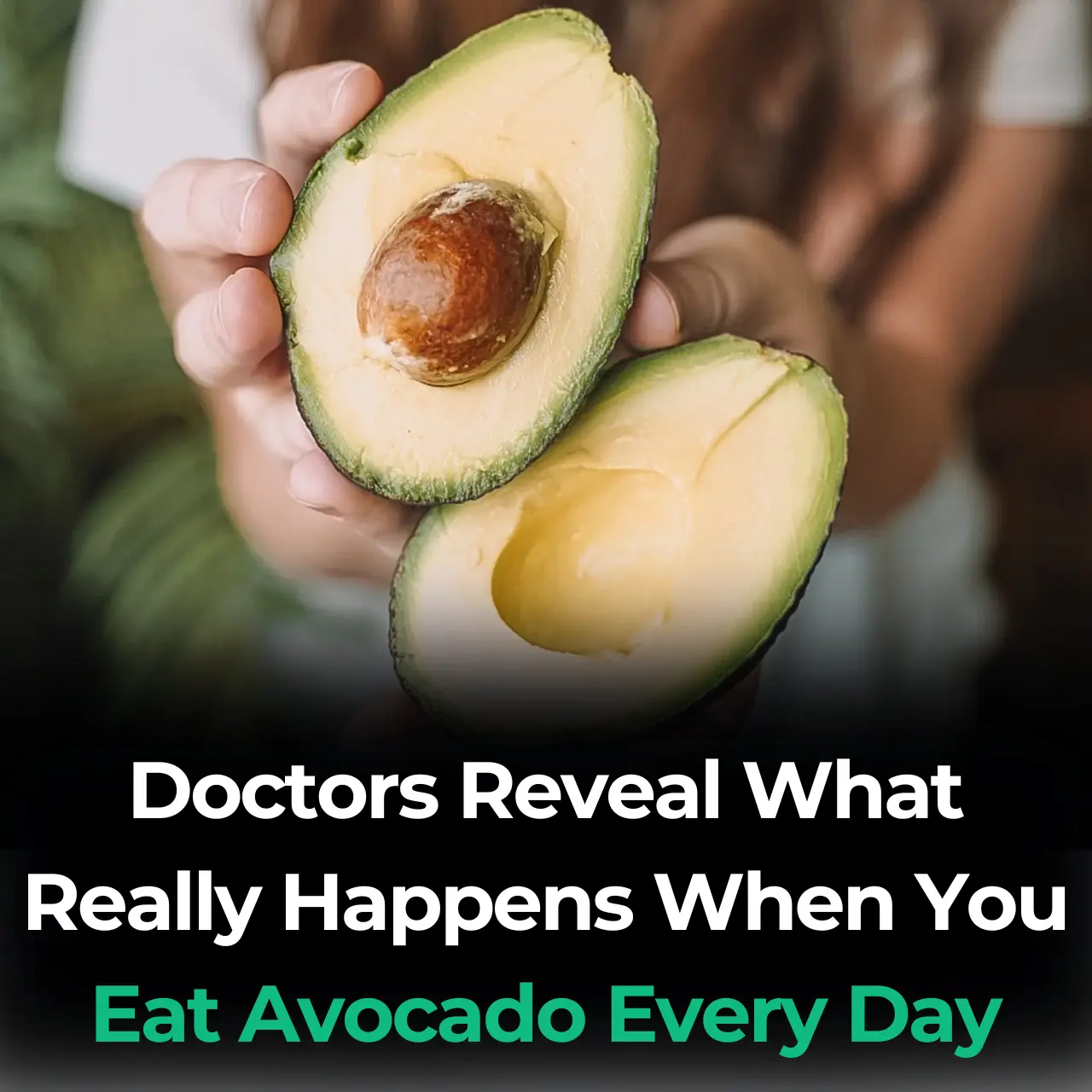
Doctors Reveal What Really Happens When You Eat Avocado Every Day
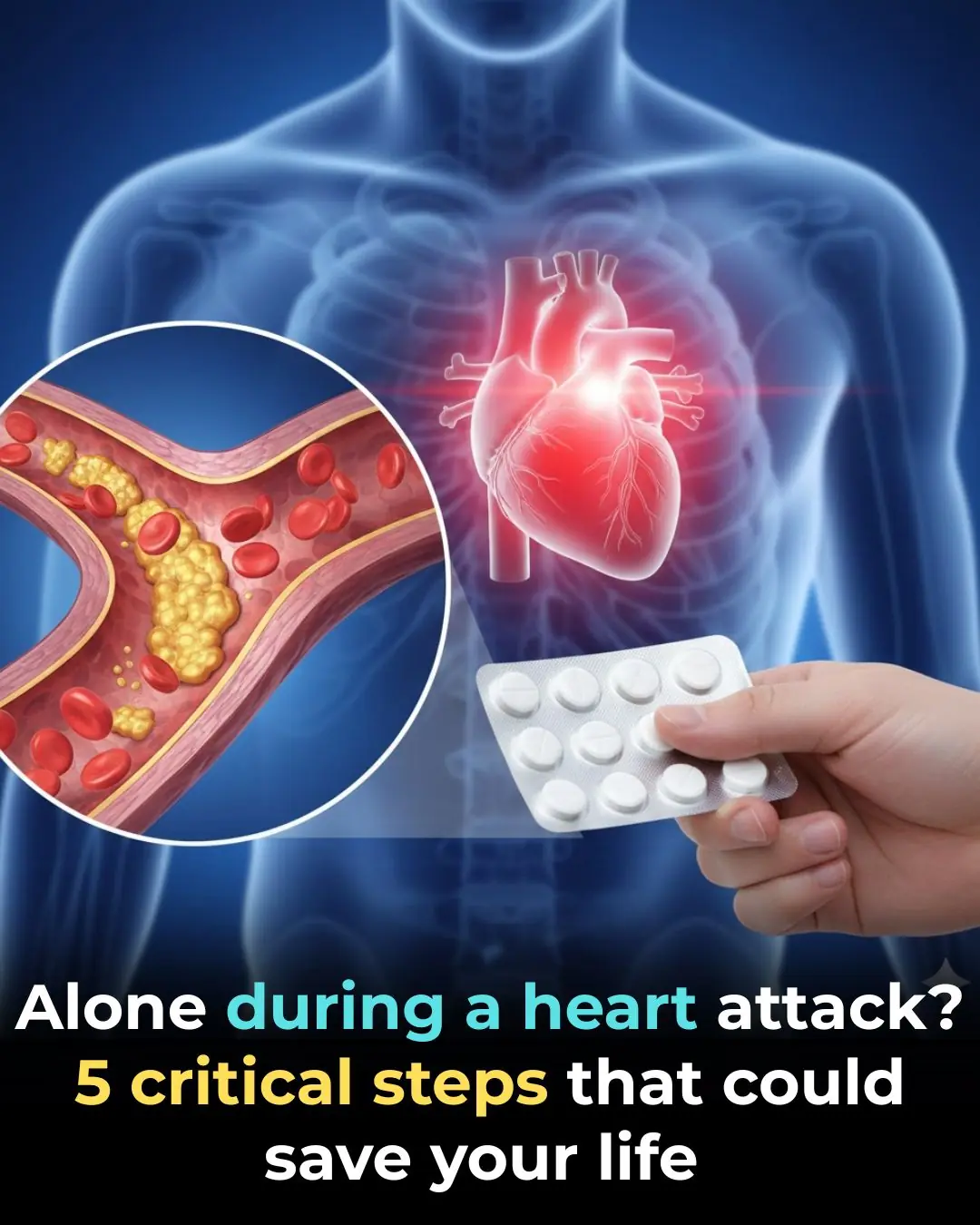
Home Alone During a Heart Attack …5 Critical Steps That Could Save Your Life

Rice Baby Oil Collagen Cream For Wrinkle Free Glowing Skin
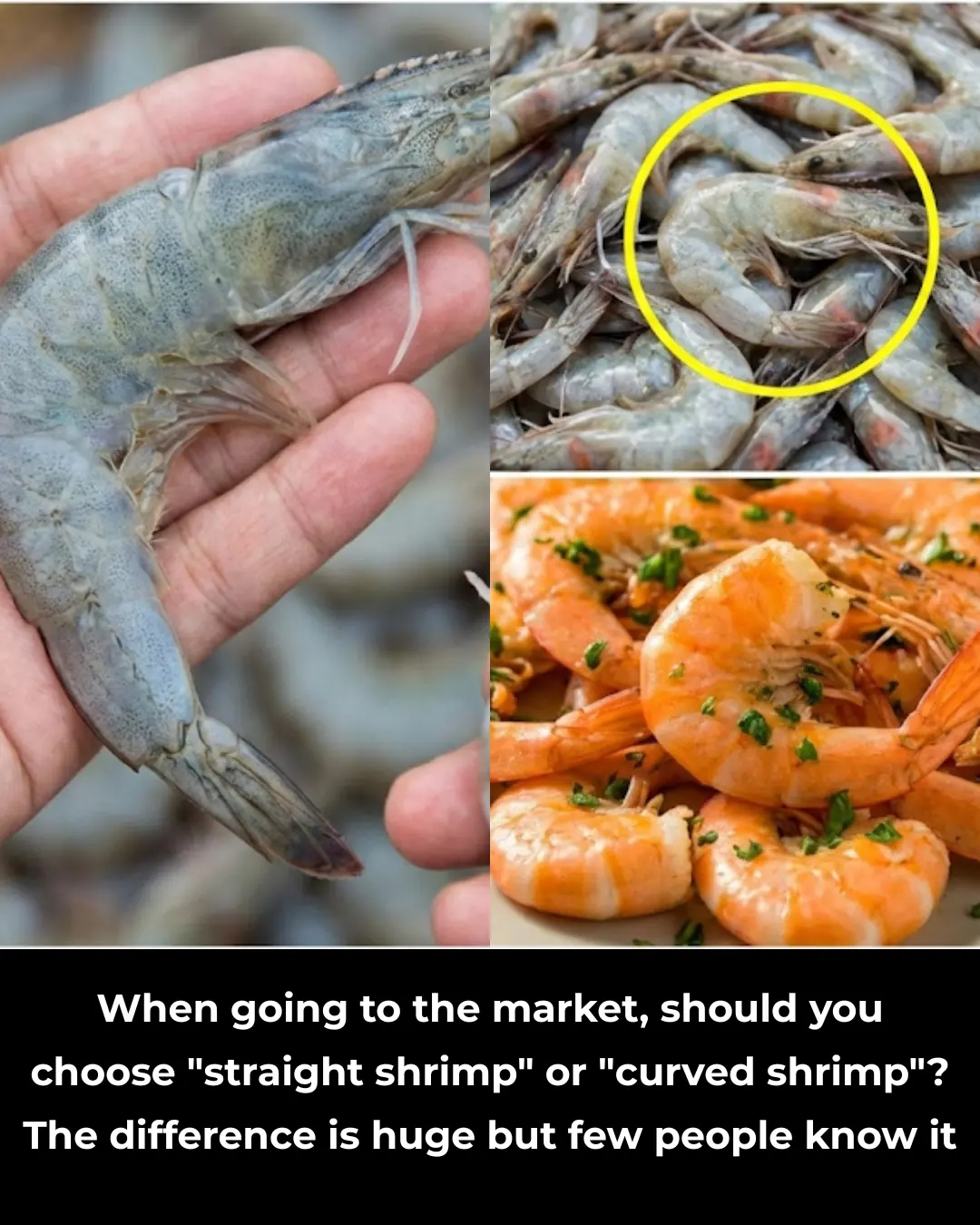
When Buying Shrimp: Should You Choose Straight or Curved Ones? The Difference Is Huge but Few People Know

Tiny Wings, Mighty Legacy: How Bees Create Honey and Sustain Life on Earth
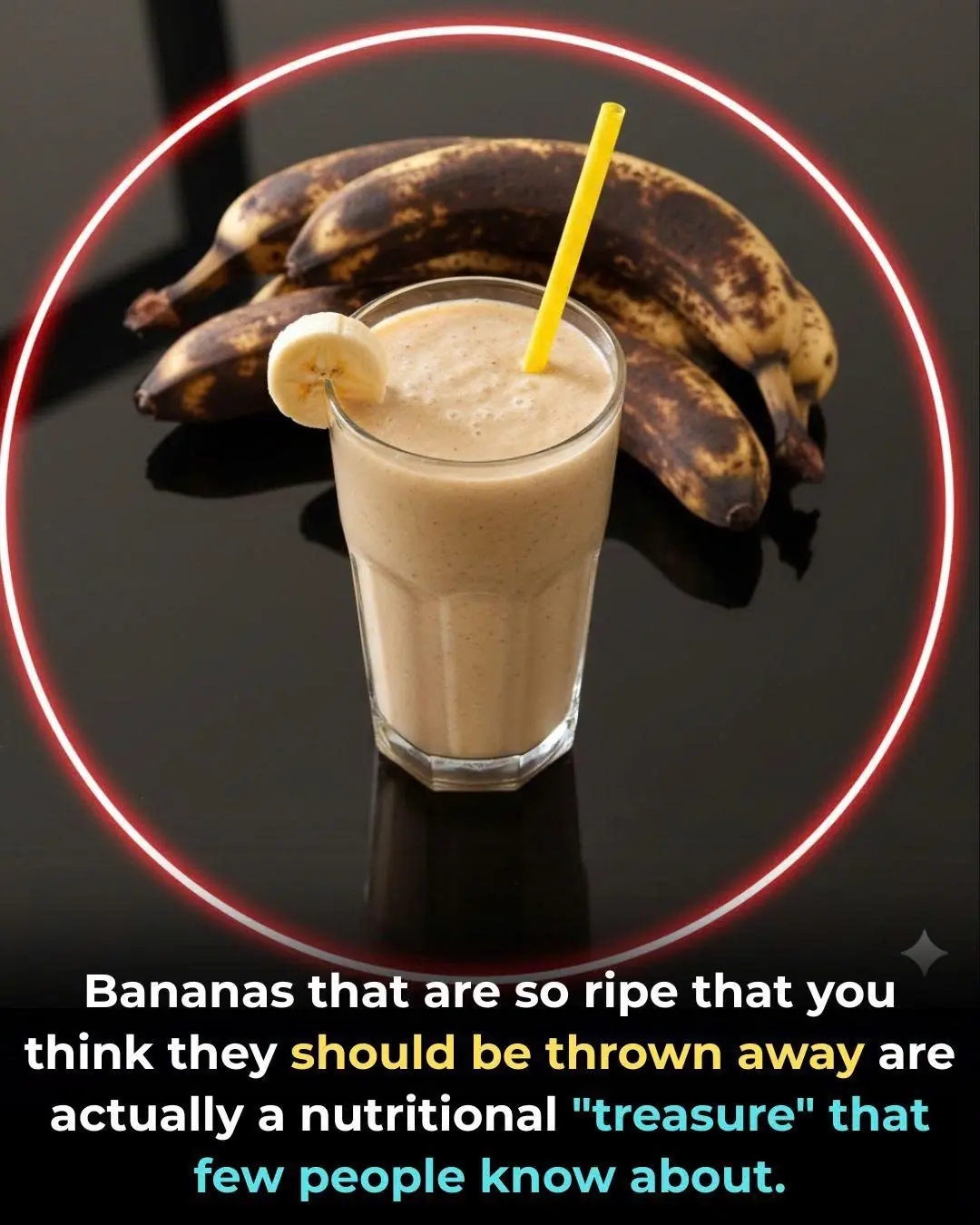
Don’t Throw Away Overripe Bananas – The Black-Spotted Ones Are a Nutritional Treasure
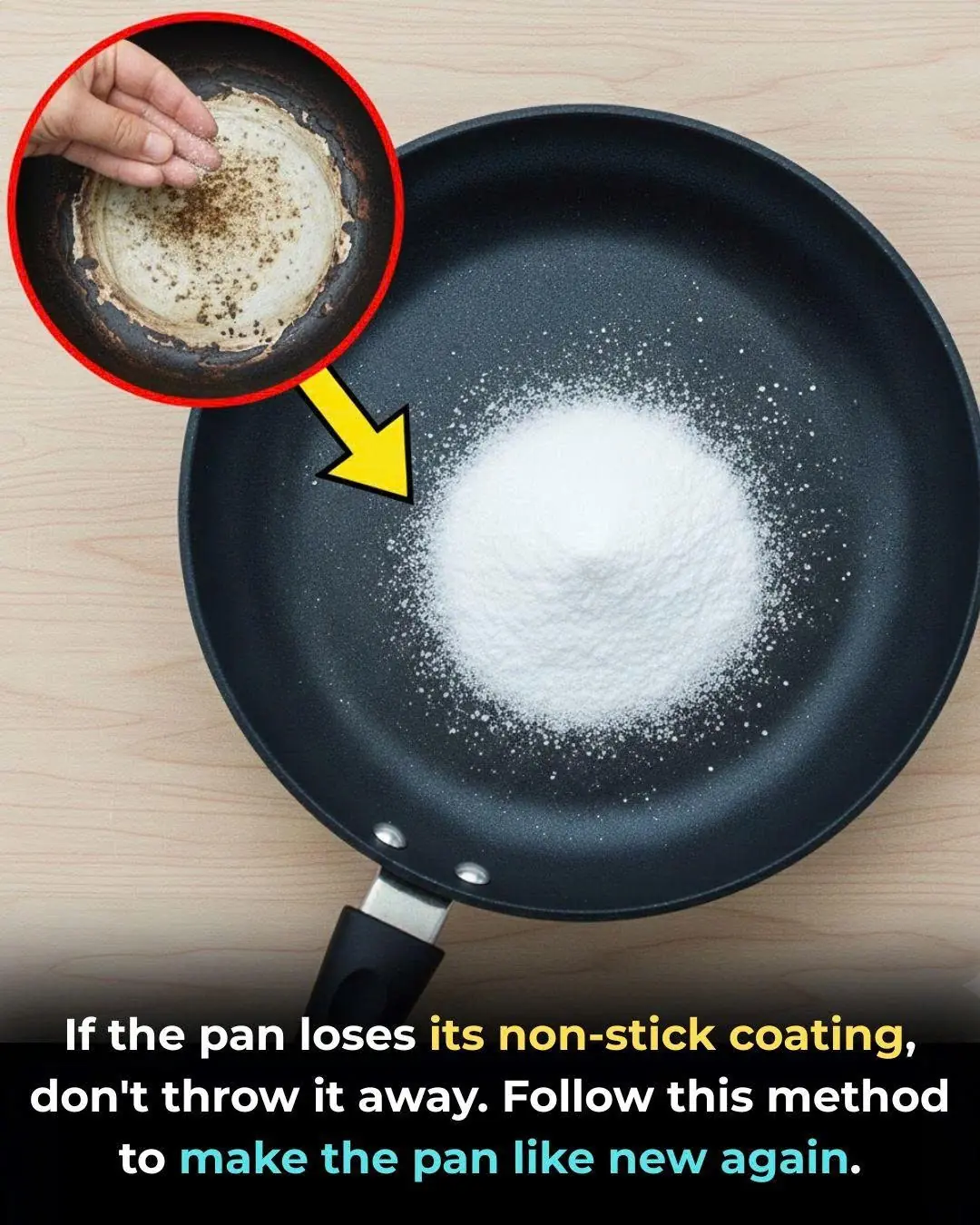
Your Non-Stick Pan Lost Its Coating? Don’t Throw It Away – Here’s How to Use It Like New
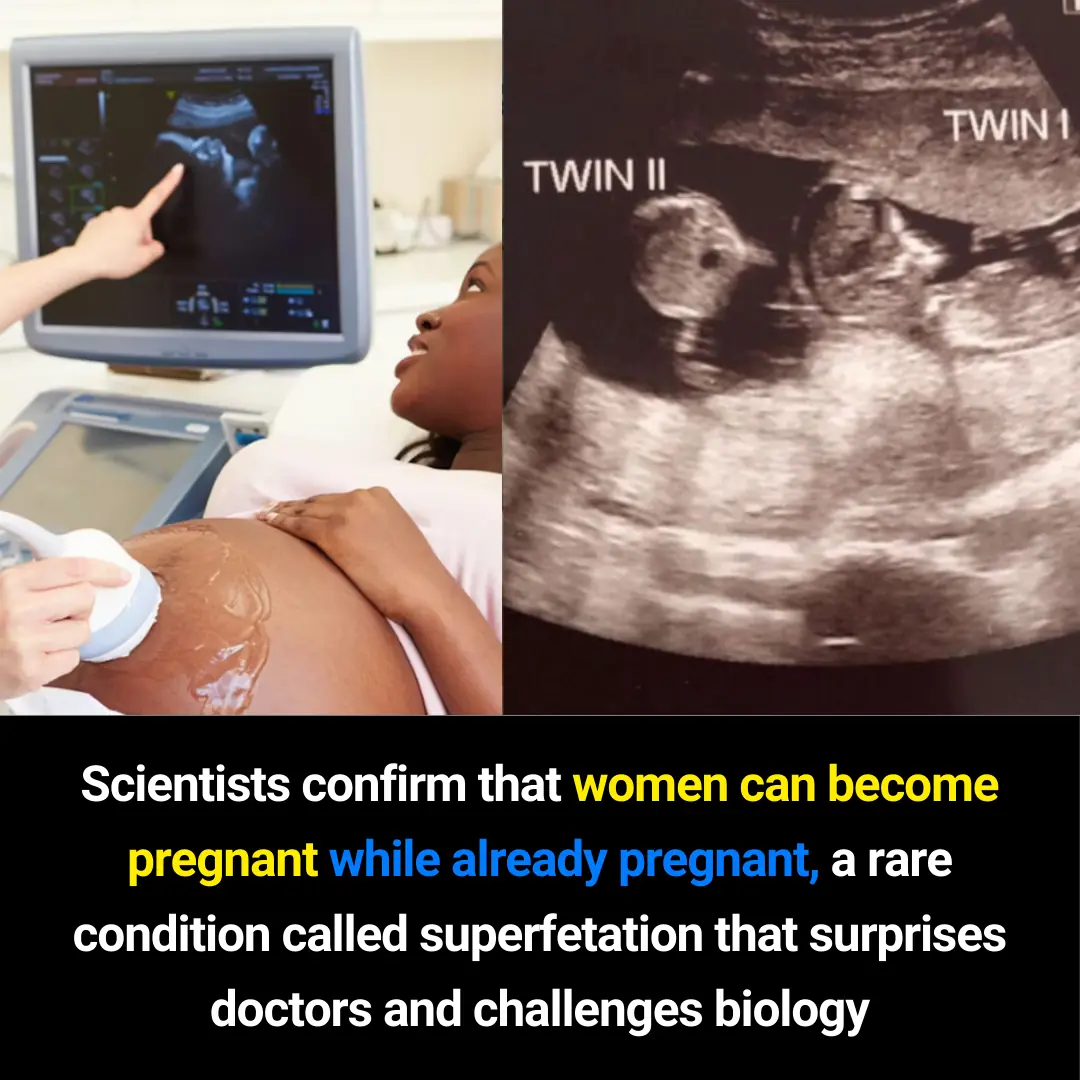
Superfetation: The Rare Phenomenon of Becoming Pregnant While Already Pregnant
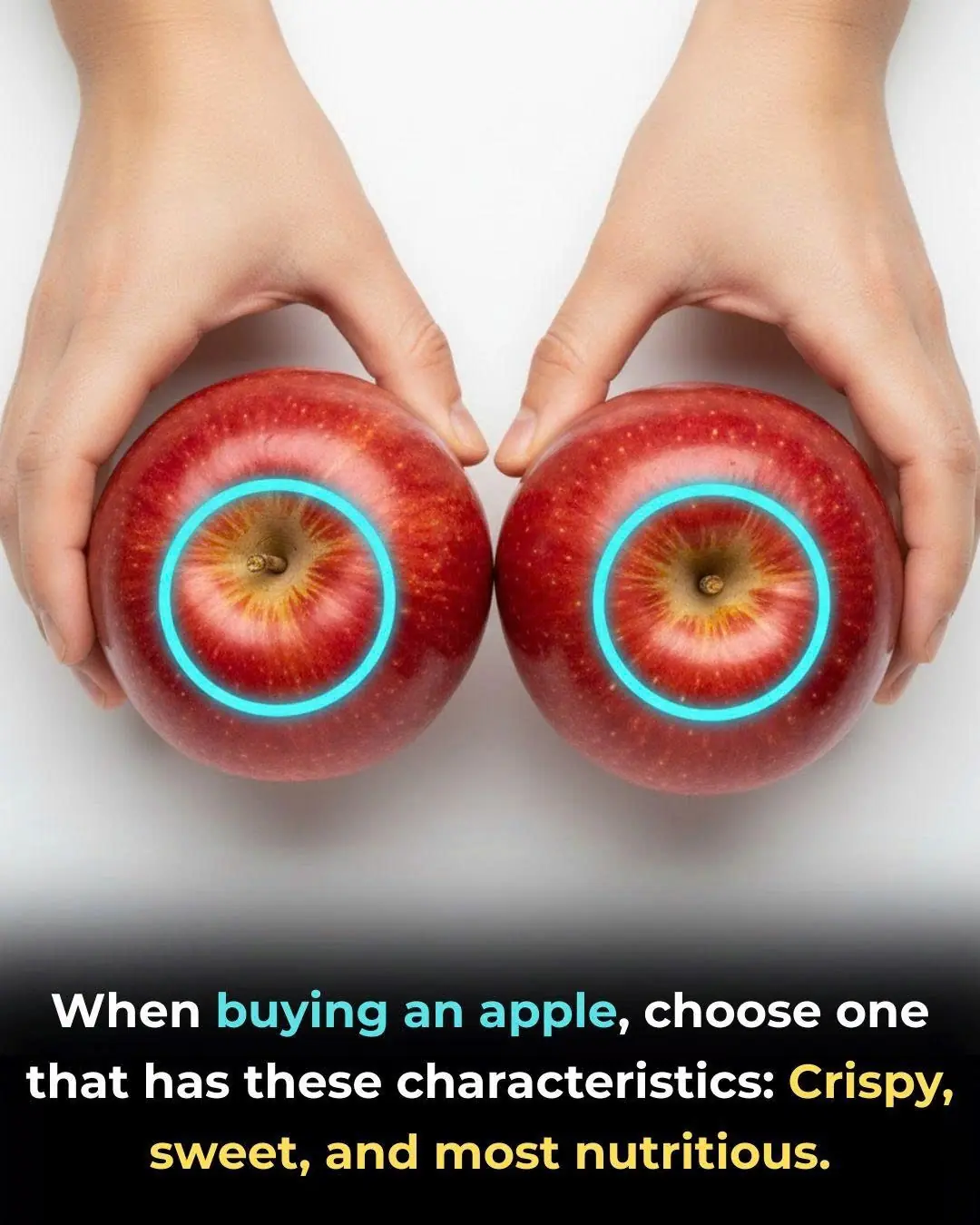
How to Choose the Best Apples: The Crispest, Sweetest, and Most Nutritious Ones (Updated for Nov 11, 2024)
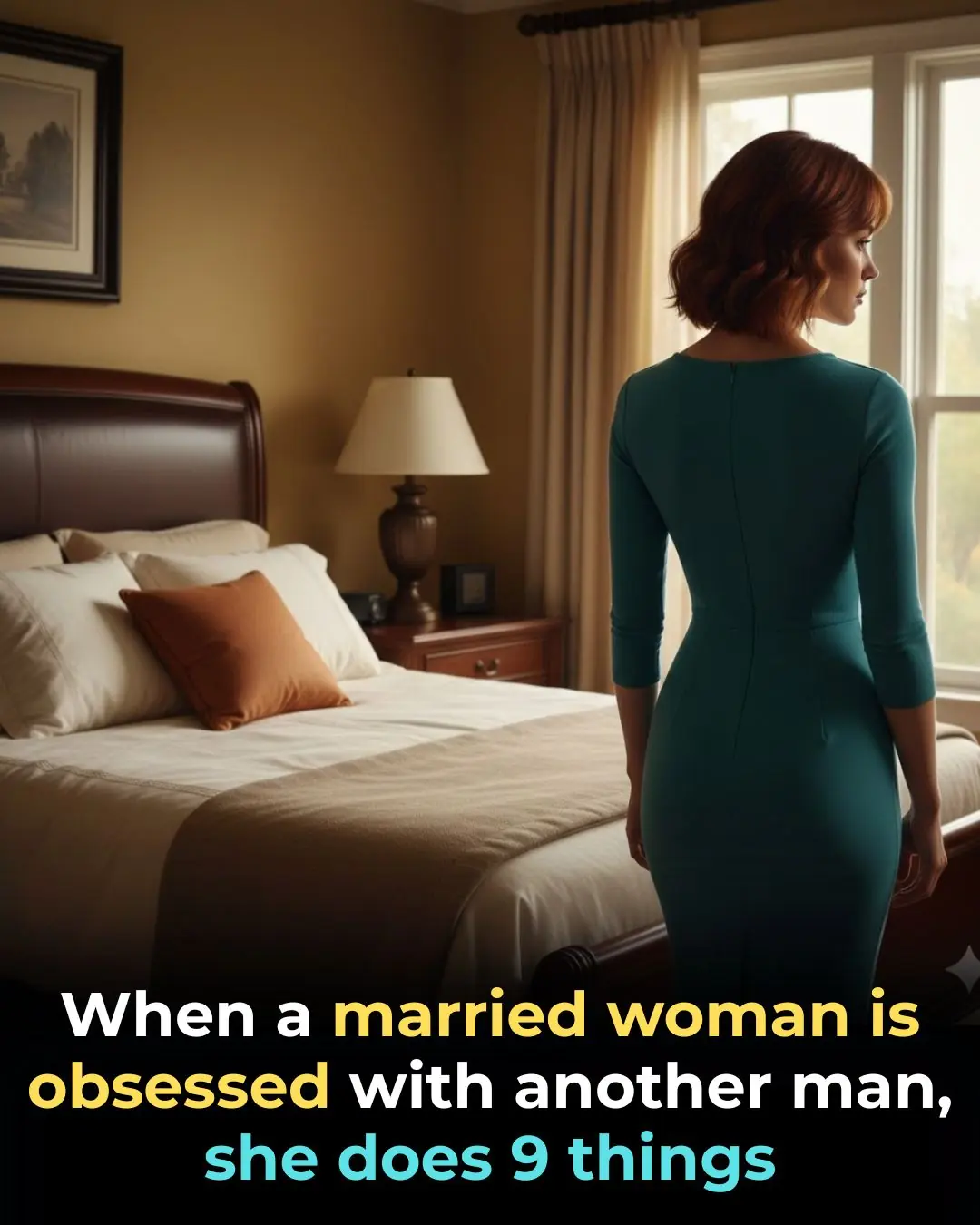
When a married woman is obsessed with another man, she does 9 things.
